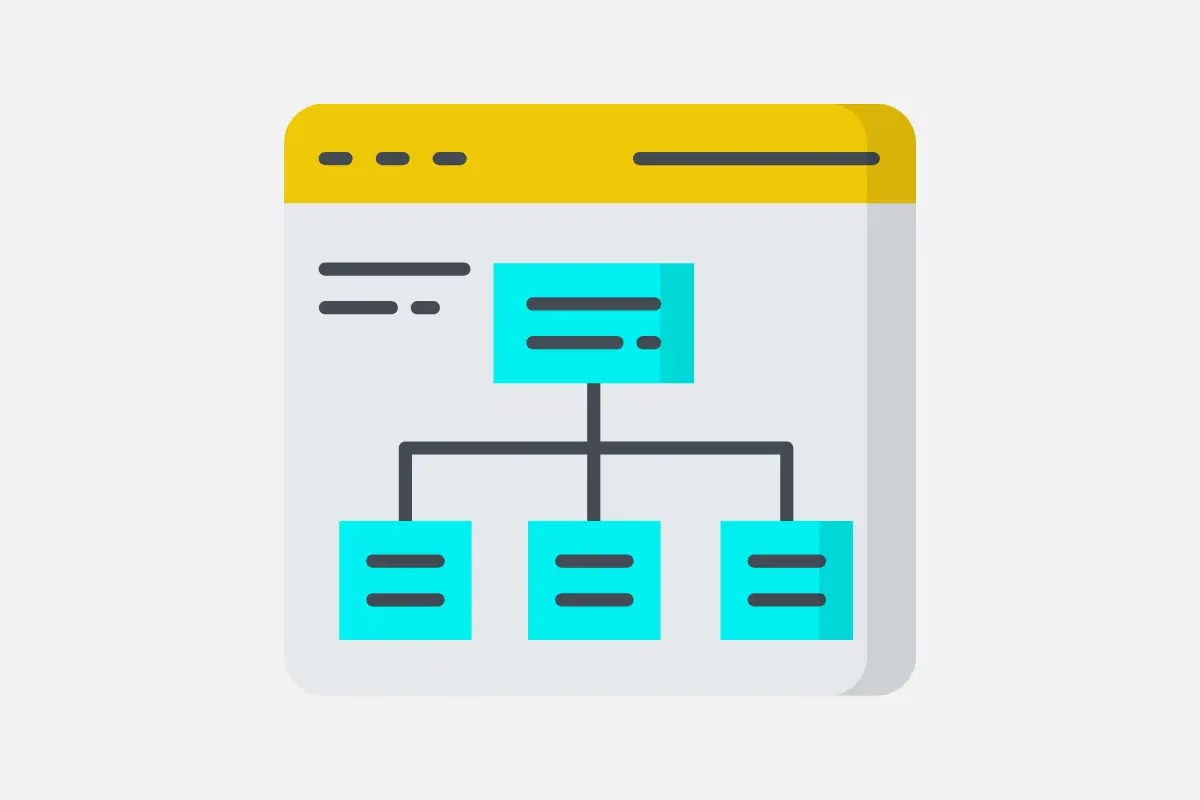
So, what is SharePoint Information Architecture? It’s the backbone of your digital environment, combining structure, logic, and strategy to manage your content effectively.
When managing content in SharePoint, a strong Information Architecture (IA) is essential for ensuring that everything is organised, accessible, and efficient.
In this post, I’ll break down the key components of Information Architecture, its broader framework, and how it supports your business processes.
Understanding Information Architecture in SharePoint
At its core, Information Architecture is about organising and structuring information so it can be easily found, understood, and managed. In SharePoint, this involves a combination of tools, processes, and strategies to create a functional and efficient environment.
Key Components of Information Architecture
- Libraries
Libraries are the foundational building blocks of SharePoint. Think of them as containers for documents, images, and other files. By organising content into specific libraries, you create a logical starting point for document management. - Folders
Folders group related documents within a library, adding another layer of organisation. While folders are useful, they work best when complemented by metadata for easier navigation. - Metadata
Metadata is like the DNA of your documents. It’s the descriptive information—such as title, date, or category—that helps categorise and surface content. A good metadata strategy is key to aligning with your business classification schemes and making information more searchable. - Views
Views let you customise how content is displayed in a library. By creating filtered and sorted views, users can quickly locate the exact information they need without sifting through irrelevant content. - Permissions and Security
While permissions primarily ensure security, they are also a critical part of IA. By controlling who can access, modify, or manage content, you create a structured and protected environment.
The Broader Framework of Information Architecture
Information Architecture goes beyond libraries and metadata. It includes strategic planning for how content fits into your organisation’s overall needs.
- Site Hierarchy
Structuring your SharePoint sites in a logical way is crucial. Whether you organise by department, function, or project, a clear hierarchy makes navigation intuitive. - Functional Classification System
A functional classification system organises documents by their purpose (or function) rather than just by topic. This approach ties documents directly to business processes, improving both searchability and usability. - File Plan
Often used interchangeably with IA, a file plan outlines how your organisation manages and disposes of its records. It’s your roadmap for effective information management. - Modern Intranet Approach
Many organisations are moving away from rigid departmental structures to activity-based organisation. This modern approach focuses on user needs, helping people find content quickly, no matter where it originates.
Best Practices for SharePoint Information Architecture
To ensure success with Information Architecture in SharePoint, here are a few best practices:
- Leverage Metadata: Use metadata instead of relying solely on folders. This makes it easier to filter and search for content.
- Governance Policies: Implement governance to maintain consistency and prevent chaos as your content grows.
- Align with Standards: In Australia, aligning with standards like AS ISO 15489 ensures compliance and quality in document management.
- Iterate as Needed: Your IA should evolve with your organisation. Regularly review and update it to meet changing business needs.
Why Information Architecture Matters
A well-planned Information Architecture doesn’t just help you organise your SharePoint environment—it improves usability, performance, and security while supporting scalability. It’s the foundation for seamless collaboration and productivity, ensuring your team can find what they need when they need it.



